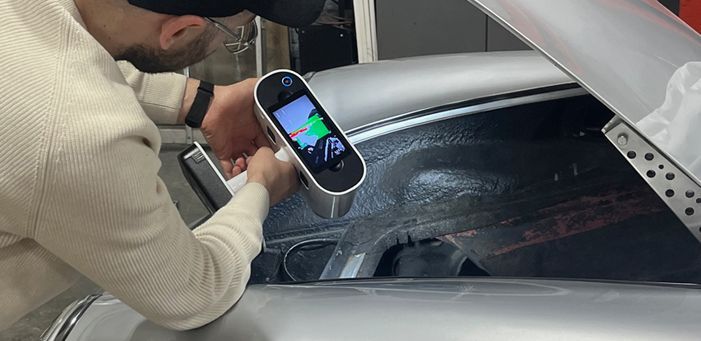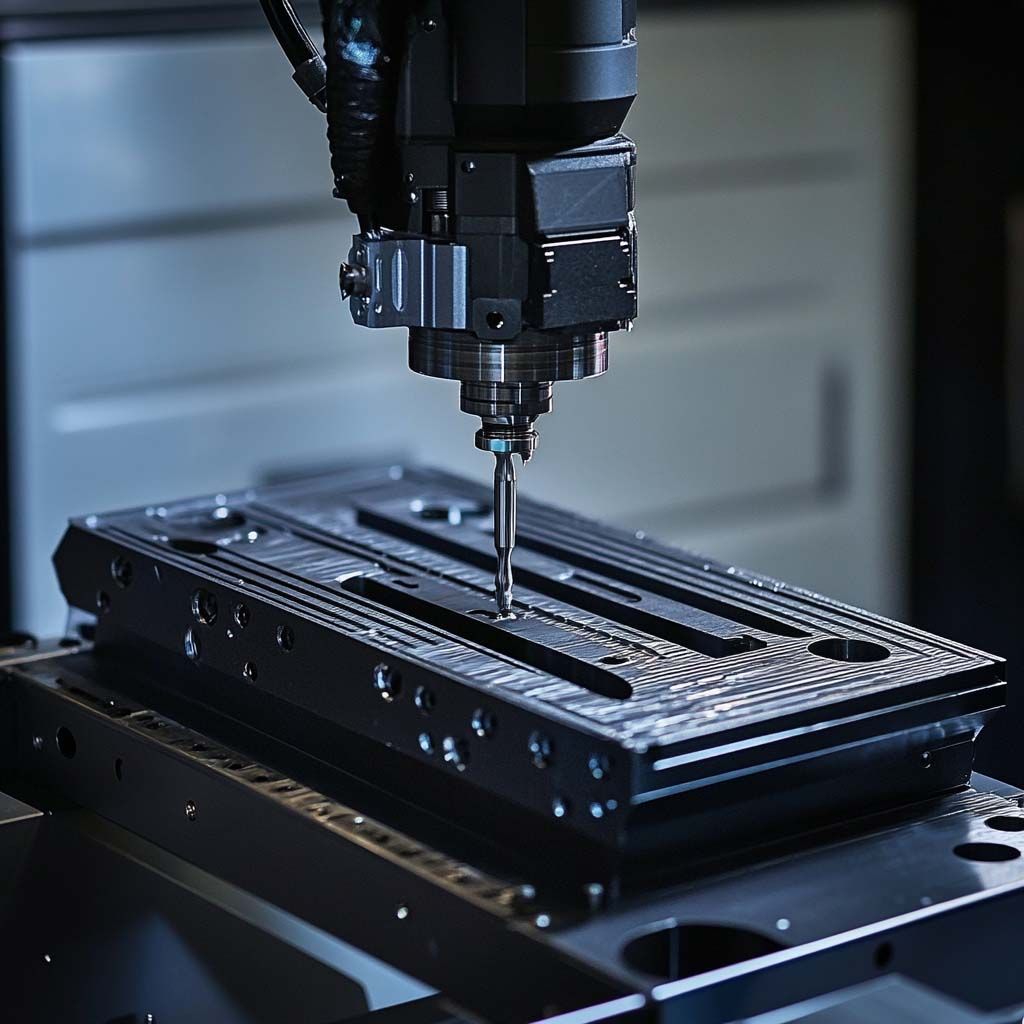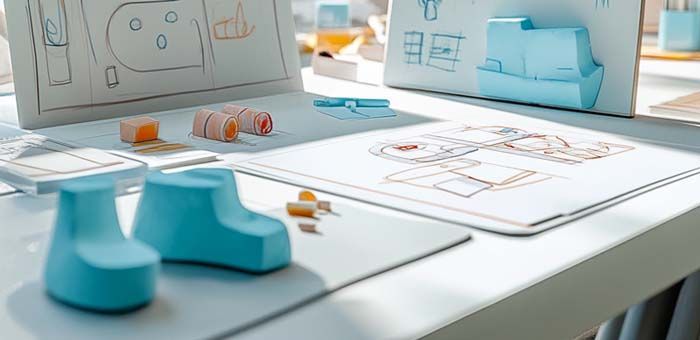
Revolutionizing Automotive Design -Rev 3D Services in Connecticut
The Power of 3D Scanning and 3D Printing for Custom Car Parts

In the fast-paced world of automotive design, innovation is key. One of the most groundbreaking advancements in recent years is the integration of 3D scanning and 3D printing technologies. These tools have transformed the way custom car parts are designed, offering unprecedented precision, efficiency, and creativity.
The Rise of 3D Scanning in Automotive Design
3D scanning technology allows designers to capture detailed, accurate digital models of physical objects. In the context of automotive design, this means that every curve, angle, and contour of a car part can be meticulously recorded. This data is then used to create a precise digital twin of the original component, which can be analyzed, modified, and optimized for custom applications.
Benefits of 3D Scanning:
1. Accuracy and Precision: 3D scanners can capture even the most intricate details, ensuring that every custom part fits perfectly within the vehicle's design.
2. Time Efficiency: Traditional methods of measuring and replicating car parts can be time-consuming and prone to errors. 3D scanning significantly speeds up the process, allowing designers to focus on creativity and innovation.
3. Reverse Engineering: If a part is no longer in production or needs modification, 3D scanning can create a digital model for replication or improvement, making it easier to produce rare or custom components.
3D Printing: From Concept to Reality
Once the digital model is perfected, 3D printing brings the design to life. This technology enables the rapid prototyping and production of custom car parts, offering flexibility that traditional manufacturing methods simply can't match.
Advantages of 3D Printing:
1. Customization: 3D printing allows for limitless customization. Whether it's a one-of-a-kind body panel, a modified engine component, or an interior detail, designers can create parts tailored to specific requirements and preferences.
2. Rapid Prototyping: Designers can quickly produce prototypes to test fit and function, making adjustments as needed before committing to full-scale production. This iterative process reduces development time and costs.
3. Material Flexibility: 3D printers can work with a wide range of materials, from durable plastics to high-performance metals, enabling the production of parts that meet the exact specifications needed for automotive applications.
4. Cost-Effectiveness: For low-volume production runs, 3D printing can be more cost-effective than traditional manufacturing, as it eliminates the need for expensive molds and tooling.
Real-World Applications
Automotive enthusiasts and professionals alike have embraced 3D scanning and 3D printing for a variety of applications:
Restoration Projects: Classic car restoration often involves sourcing or recreating parts that are no longer available. 3D scanning and printing make it possible to replicate these parts with modern materials and techniques, preserving the vehicle's authenticity while enhancing its performance.
Performance Upgrades: Custom parts designed for specific performance improvements can be tailored to the exact specifications of a vehicle. Whether it's a lightweight bracket or a custom intake manifold, 3D printing ensures the part is both functional and aesthetically pleasing.
Interior Customization: From custom dashboards to unique trim pieces, 3D printing allows for interior modifications that reflect the owner's personal style while maintaining the quality and fit expected in high-end automotive design.
The Future of Automotive Design
As 3D scanning and 3D printing technologies continue to advance, their applications in automotive design will only expand. The ability to quickly and accurately create custom parts will drive innovation in the industry, enabling designers to push the boundaries of what's possible.
For automotive enthusiasts and professionals, the combination of 3D scanning and 3D printing is not just a trend—it's a revolution. These tools are opening up new possibilities for customization, performance, and restoration, ensuring that every vehicle can be as unique as its owner.
In conclusion, the synergy between 3D scanning and 3D printing is transforming automotive design, making it easier, faster, and more cost-effective to create custom car parts. As these technologies continue to evolve, the future of custom automotive design looks more promising than ever.
You might also like



Book a Service Today
We will get back to you as soon as possible
Please try again later

ABOUT
Our team expertise in Industrial Design, Engineering and Prototyping can take a seed of an idea and develop it into a well thought out and fully developed product.
MENU
STAY CONNECTED
Join our newsletter and find out more
Contact Us
Thank you for submitting your info! We're so happy to have you on board :)
Please try again later
All Rights Reserved | Rev 3D Services
Website powered by ADS NEEDED